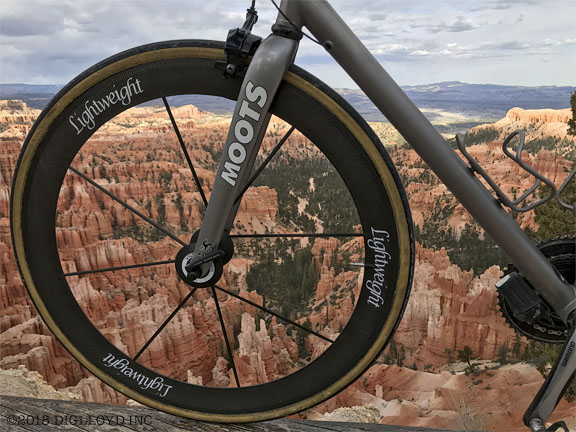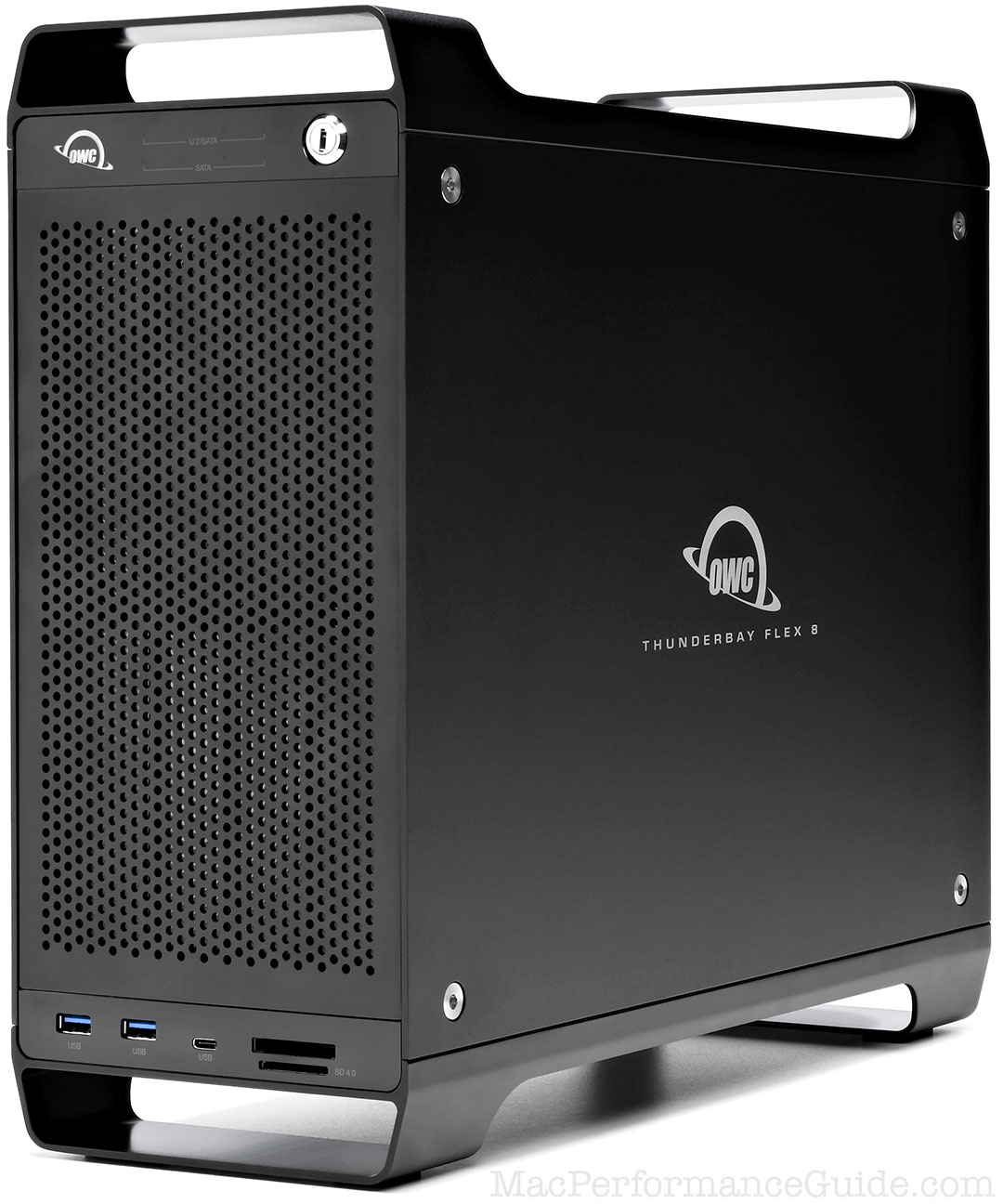
$220 SAVE $130 = 37.0% Western Digital 16.0TB Western Digital Ultrastar DC HC550 3.5-in… in Storage: Hard Drives
|

|

|

|

|
Lightweight VR8 — Riding Notes
Related: image stabilization, Lightweight, Road Bikes, tubular
I really liked the VR8 on flat to rolling terrain, and especially while descending. For sprints or steep climbs, the heavier rim weight was more noticeable than with my usual Obermayer front wheel, so it’s not as much of an all-around wheel, but rather a purpose-built wheel for time trial applications.
I tested the VR8 with a Bontrager Race X Lite Pro 700 X 22C 290 tpi tubular tire, with a nominal weight of 255g (which probably means 285g). Thus, between the wheel and the tire, that combination is roughly 285 grams heavier than my favorite Lightweight Obermayer + Veloflex Record combination. The extra rotating weight can definitely be felt when sprinting or accelerating hard, but it’s also some extra momentum.
Keep reading below.
Tested on two bikes
I tested the VR8 on my Trek Madone 6.9 SSL and also on the Look 695 SR. The Madone has a wimpy and somewhat vague front end by comparison to the Look 695 SR, and the Trek Madone’s front end is clearly the weak link in the chain with the VR8 or my Obermayer.
Enter the wonderful structural integrity of the Look 695 SR, the precision handling, the perfect power transfer: on the Look 695 SR, the VR8 comes into its own. It’s a wonderful combination when ascending or descending, particularly descending, where the precision handling of the Look 695 SR takes full advantage of the VR8— seems like an ideal match. A highly recommended combination!
When climbing on the Look 695 SR with the VR8, standing up and cranking out 400 watts or more really feels enjoyable. Though I cannot say it is better definitively than the Obermayer front, it is highly enjoyable.
Riders 170 pounds or heavier might really like the VR8, except that its total load (rider + “luggage” + bike) is rated to only 198 pounds, so some caution there.
Aerodynamics
I made no attempt to quantify aerodynamics, but the VR8 did seem to cut into the wind at least as well, and perhaps better than my other Lightweight front wheels (Obermayer and Ventoux).
The Obermayer also seemed less prone to side forces than the Obermayer front wheel, presumably because of the far lower spoke count (8 spokes instead of 20).
Comfort
The VR8 is a very stiff wheel, but surprisingly it was quite comfortable relative to my Lightweight Obermayer front wheel. This is perhaps related to the 8-spoke design, which might compensate for the more robust rim section.
Climbing
The VR8 climbs extremely well, but its extra weight must go up the hill, so for pure climbing, this is a drawback, just purely on a weight basis. As well, when one stands and sprints up a grade, the extra rotating weight can be felt. Ditto for sudden flicks of the wheel; it is more stable, and feels more akin to a 29er wheel on a mountain bike (in a modest way). That same rotating mass can also lend stability when descending, and I like that feeling with the VR8, but it is different. Individual rider preference might apply here.
Bumps and lumpy pavement
The extra mass of the VR8 contributes to a feeling of solidity and inertia when riding over rough bumps, especially when descending on lump pavement. I liked this feeling; the VR8 really feels solid and dependable.
Descending
I really liked descending with the VR8. It has a very firm, very precise feel to it. If it were not a much heavier rim than the Obermayer front, I’d gladly use it for all my hilly riding.
To put that clearly: if it were just descending, I’d prefer the VR8 over my other Standard and Obermayer rims.
Side winds
The VR8 has the same rim section (and same shape of that rim section) as the Standard and Obermayer rims, and thus experiences the same forces on the rim section. However, with far fewer spokes, it deals with side winds better than either the Standard and Obermayer rims.
The lower spoke count might also be a factor when descending at higher speeds, with the VR8 cutting through the air more efficiently, and with the steering less affected as a result.
8-bay Thunderbolt 3
2.5 or 3.5 inch hard drives, NVMe SSD, USB-C, USB-A, DisplayPort 1.4, SD slot, PCIe slot, 500W power supply.
Non-RAID or RAID-0/1/4/5/10.
Capacities up to 128 Terabytes!
Braking
Braking was consistent compared to my Obermayer front wheel— excellent grip so long as the rim is dry.
Other details
Weight rating
The Lightweight wheels are all rated for total weight: body + bike + “luggage”. Luggage means your clothing, glasses, helmet, toolkit, spare tube, water bottles, etc. It all adds up.
The VR8 is load-rated for 198 lbs = 90 kg. With a water bottle, I squeak in 4-8 pounds or so under that limit (depending on season and clothing), yet I never felt that the VR8 was in any way overloaded or stressed.
Warranty
For 10% more, Lightweight offers a 3 year replacement guarantee on the wheelset against just about anything, including running over them with your car by accident. This is a Good Deal. So I think Lightweight believes their wheels will last.
Wheel magnets
Wheel magnets are built in to both front and rear wheels, actually part of the spoke, placed opposite the valve stem of course. Wheel magnets won’t work with every sensor, but they work fine with the front fork-mounted sensor I’m using.
Seagate 22TB IronWolf Pro 7200 rpm SATA III 3.5" Internal NAS HDD (CMR)
SAVE $100





